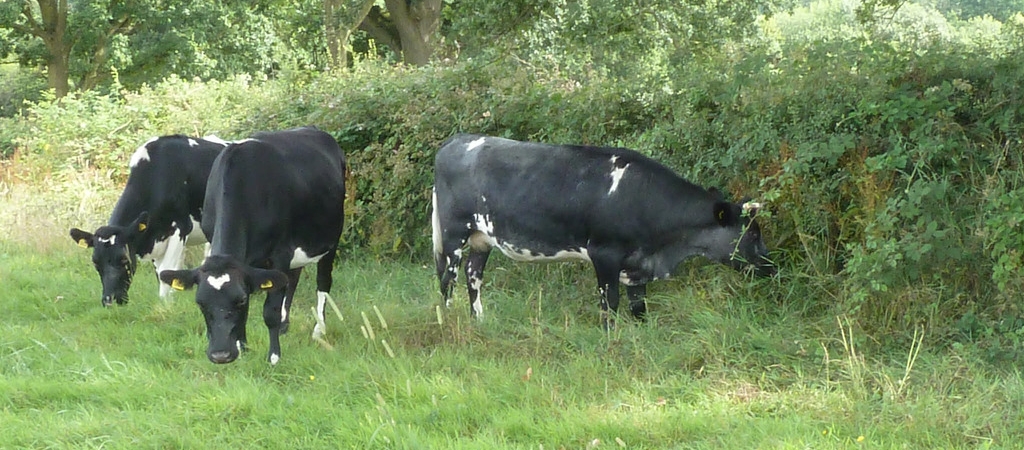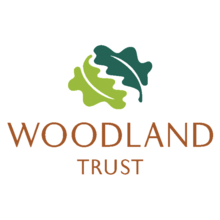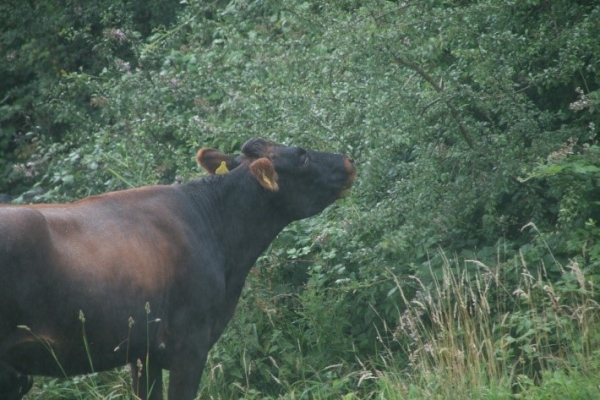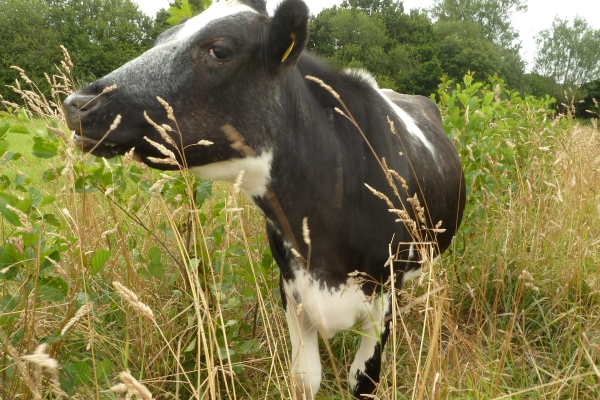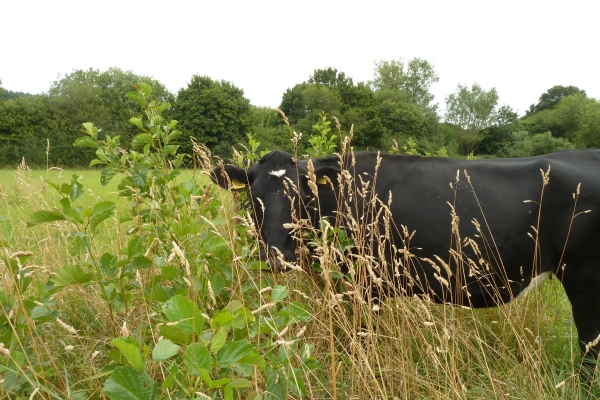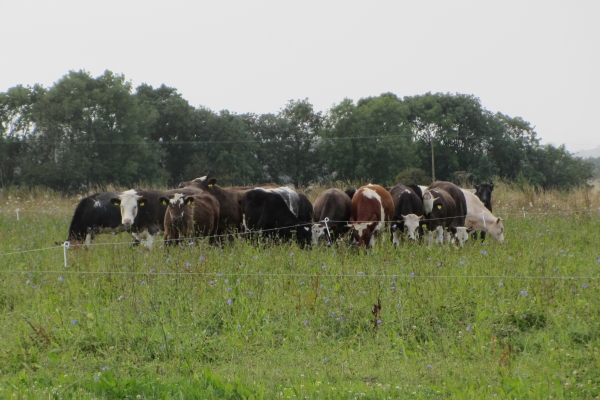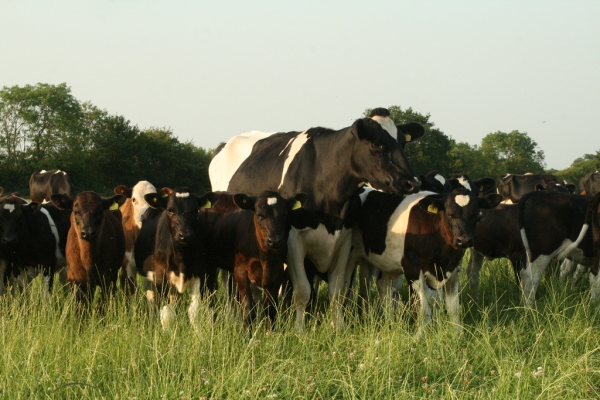Benefits of trees on dairy farms
evaluating the use of trees on farms
Resource explained
Linking the use of trees on dairy farms to sustainability outcomes is a potential practical tool to help deliver enhanced environmental and welfare outcomes. This extensive report is structured around identifying information and resources needed to take effective action.
Focusing on UK dairy farming systems, potential tree functions are described and analysed, divided into five categories: pollution abatement; improving animal health and welfare; reducing local landscape impacts; supporting the farm system; and wider system benefits. The main mechanisms through which they might function are assessed.
Sustainability issues on dairy farms are explored with the potential benefits of trees examined within the context of significant issues on dairy farms, and whether or not trees can make a difference.
The report includes stakeholder analysis of the dairy supply chain, exploring who might have an interest in the sustainability functions that trees can deliver and how they could influence farm practice in order to make those functions come about.
Findings & recommendations
- The report findings indicate that:
- Trees can make a meaningful contribution to a range of important sustainability issues.
- The strategic use of trees can make a measurable difference to the serious risk of pollution from dairy farm activities, especially nutrient run-off.
- Trees can play a significant role in improving local landscape quality.
- Trees are relevant to the key issue of dairy greenhouse gas emissions.
- Trees have a practical part to play in supporting the day-to-day running and viability of dairy farms, from providing shade for livestock health to timber and chip provision for sale or use on farm.
- Trees have negligible impact regarding issues relating to the sustainability of feed, price of milk, some animal welfare issues, and systemic resilience issues in the supply chain.
- The report includes analysis of whether or not it is possible for a dairy farm to offset its carbon emissions by planting trees, and suggests different ways in which trees could be integrated into dairy farming systems using agroforestry approaches.
